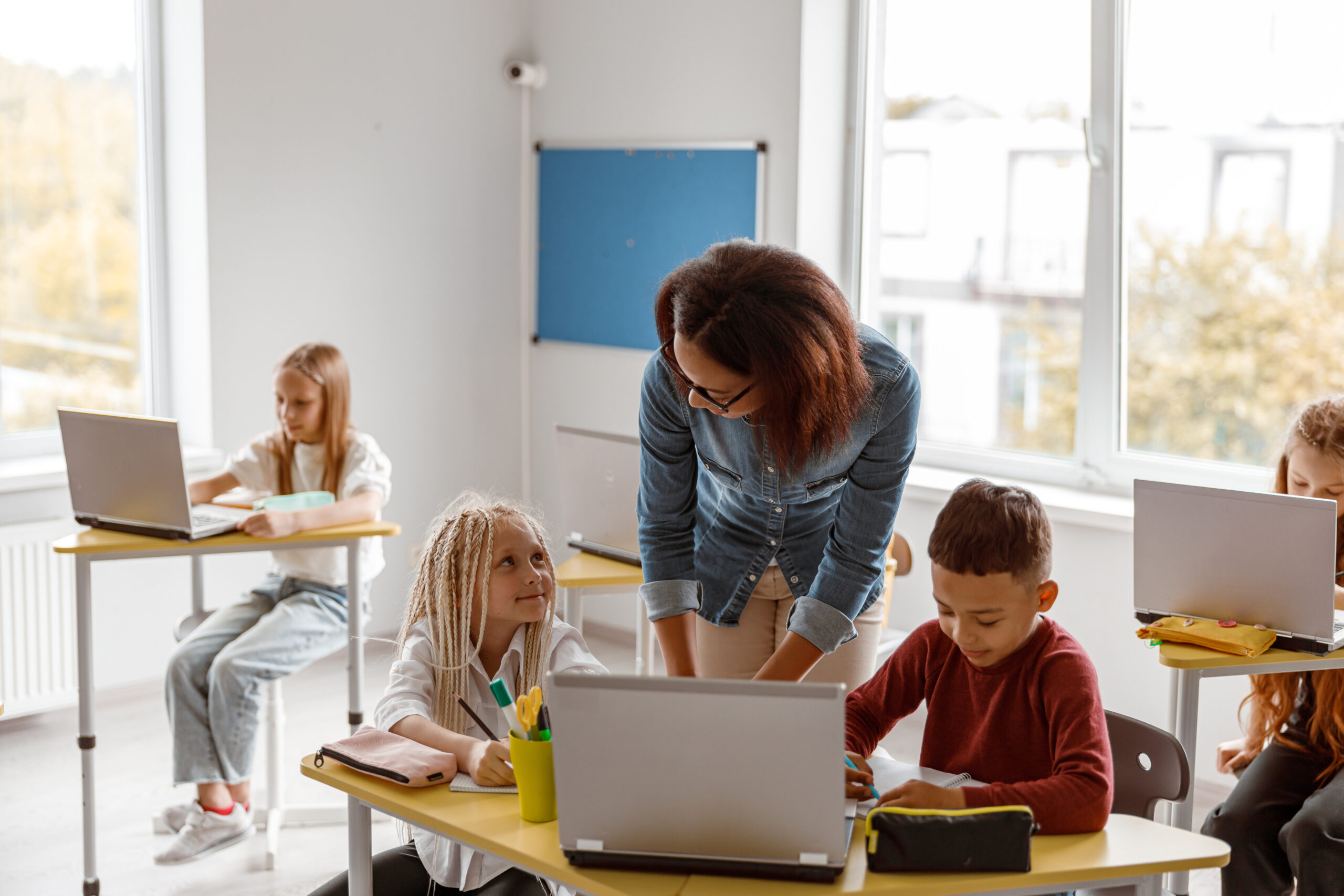In today’s rapidly evolving educational landscape, the debate between online learning and traditional classroom education has become more relevant than ever. Both approaches have their unique advantages and disadvantages, and choosing the right path can significantly impact one’s educational journey. In this article, we’ll delve deep into the realm of online learning vs. traditional classroom education, shedding light on the pros and cons of each. So, whether you’re a student looking to make an informed choice or an educator seeking to adapt to changing times, read on to discover the intricacies of these two educational paradigms.
The Flexibility Factor
Online Learning: Embracing Freedom
Online learning has revolutionized education by offering unparalleled flexibility. Learners can access course materials and lectures at their convenience, making it an ideal choice for those juggling work, family, or other commitments. The digital realm erases geographical boundaries, allowing individuals from diverse backgrounds to engage with content and peers worldwide. This flexibility is a game-changer, enabling students to tailor their learning experience to fit their lifestyles.
Traditional Classroom Education: Structure and Routine
On the flip side, traditional classroom education thrives on structure and routine. It provides a fixed schedule and a physical space for learning, which can be beneficial for those who thrive in a more organized environment. Classroom interactions foster face-to-face communication, encouraging immediate feedback and active discussions. However, this rigidity can be limiting for students with unconventional schedules or those who prefer a less structured approach.
The Learning Environment
Online Learning: Creating Your Space
Online learning empowers students to create their ideal learning environment. Whether it’s a cozy corner at home or a bustling coffee shop, learners have the freedom to choose where they study. This autonomy can enhance concentration and comfort. Additionally, the online format often offers a wealth of multimedia resources, catering to various learning styles.
Traditional Classroom Education: Immersive Atmosphere
In a traditional classroom, the learning atmosphere is immersive and palpable. Students are physically present, allowing for immediate interaction with instructors and peers. This fosters a sense of community and camaraderie, which can be motivating and conducive to collaborative learning. However, some may find the classroom setting distracting or intimidating.
The Personalized Approach
Online Learning: Tailored Learning Paths
One of the significant advantages of online learning is the ability to customize your educational journey. Learners can choose from a vast array of courses, often at different levels of expertise. This personalized approach empowers individuals to pursue their passions and interests with precision. Furthermore, online platforms often employ data-driven tools to track progress and suggest personalized learning paths.
Traditional Classroom Education: Guided Curriculum
In a traditional classroom, the curriculum is carefully curated by experienced educators. This structured approach ensures that students receive a well-rounded education with a focus on core subjects. Teachers play a pivotal role in guiding students through the curriculum, offering insights, and addressing queries. However, this may limit the flexibility to explore niche subjects.
The Social Aspect
Online Learning: Virtual Connections
In the world of online learning, social interactions occur through virtual channels. Students engage in discussions, forums, and video conferences, forging connections in the digital realm. While this can be convenient, some learners miss the face-to-face interactions that foster deeper relationships and networking opportunities.
Traditional Classroom Education: Face-to-Face Bonds
Traditional classrooms provide a platform for real-world socialization. Friendships and professional networks often originate from shared classroom experiences. Face-to-face interactions allow for the development of soft skills, such as communication and teamwork, which are invaluable in the job market. However, this mode of learning may not suit individuals who are introverted or prefer a more independent study approach.
The Assessment Methods
Online Learning: Diverse Evaluation
Online courses employ a variety of assessment methods, including quizzes, essays, and project submissions. This diverse range allows students to showcase their knowledge and skills in various ways. Additionally, many online platforms provide immediate feedback, aiding in continuous improvement. However, the absence of in-person exams may raise concerns about academic integrity.
Traditional Classroom Education: Traditional Testing
In the traditional classroom, assessments often consist of in-person exams and assignments. While this approach may seem more conventional, it can be stressful for some students. In-person exams can lead to test anxiety, affecting performance. Nevertheless, the controlled environment ensures the integrity of the assessment process.
Conclusion
In the realm of education, the choice between online learning and traditional classroom education ultimately boils down to individual preferences and circumstances. Online learning offers unparalleled flexibility and a personalized approach, while traditional classrooms thrive on structure and immediate interactions. The decision should consider your lifestyle, learning style, and career goals.
Ultimately, the ideal approach might involve a combination of both methods, known as blended learning. This approach harnesses the strengths of both online and traditional education, offering students a holistic and adaptable learning experience. In the end, what matters most is not the format but the commitment to learning and growth, regardless of the path chosen.















